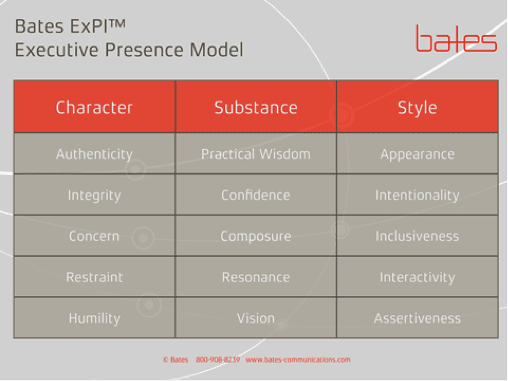
Forget what you know about charismatic leadership. Introverts can have executive presence, too — if they get the right development.
by Meghan McGrath
November 10, 2015
If asked to picture a great leader in action, what comes to mind? Most people see the late Steve Jobs on stage at one of his product launches — a master showman who’s completely at home in high-stakes situations and presenting to large crowds. Some think of former General Electric CEO Jack Welch, a larger-than-life personality who still goes on speaking tours and even appeared on an episode of the popular TV show “30 Rock.”
People tend to assume that all leaders are natural-born extroverts. But some are not.
For learning and leadership development leaders, this is an important question to consider. When coaching leaders who are extreme introverts or extroverts, what do chief learning officers have to know to help them reach the next level in their development?
As Susan Cain describes in her book “Quiet: The Power of Introverts in a World That Can’t Stop Talking,” introversion is often confused with shyness, or fear of social judgment. In the U.S., introversion is often synonymous with awkwardness or inferiority.
The scientific definitions are less judgmental: Introverts and extroverts just have different preferences about levels of stimulation. Extroverts thrive on it, while introverts can get worn down by it.
Introversion at large is a word that describes how a particular type of person appears to others. For business leaders, it means they “show up” a certain way to important stakeholders. Introverts are often more careful in their analysis of a situation and may take more time to gather their thoughts before contributing in a meeting. They also may need to take some time at the office to escape the hustle and bustle by shutting their door and having some productive alone-time.
What’s important to keep in mind is that although introverts and extroverts may show up differently, both must leverage their strengths and work to improve their gap areas.
Introverts are more likely to have qualities like restraint, humility and composure when interacting with stakeholders. They tend to be more careful and deliberate, and less likely to dominate discussions.
But there are often gap areas in facets such as authenticity confidence and interactivity. Stakeholders and colleagues may wonder what introverts are really thinking, and an introvert’s careful nature may make them seem less decisive and more risk-averse. Interactivity might also be at risk, as introverts might be more predisposed to hole up in their offices rather than be more visible with regular, scheduled communication. The more inspirational side of vision can be a challenge for some introverts as well: People may not always experience their passion and caring as readily, as introverts are less inclined to wear their hearts on their sleeve.
Generally speaking, a strong extrovert would stand a better chance of receiving higher ratings on confidence, appearance, authenticity and assertiveness, as well as be praised for having an inspirational vision. Extroverts more often come across as decisive and willing to take risks in meetings or presentations. Their energy is more noticeable, too. But extroverts may be more inclined to “shoot from the hip,” and be first to voice their opinions, which can lead to less favorable perceptions around restraint, composure and humility.

Of course, introverts have skills and weaknesses just like everyone else, and no two introverts are exactly alike. In fact, even an extrovert might find that others perceive them as being low in authenticity, confidence or interactivity. But all business leaders can work on how they “show up” to their important stakeholders.
When working with introverted leaders who want to improve their executive presence, and the way they show up to their important audiences, help the introverted leader:
- Identify opportunities to share stories that reveal their true character, helping them connect with their important audiences.
- Work on their voice, gestures, and body language in all situations.
- Manage their tasks, energy and appearance effectively so they show up looking and feeling confident.
Introverted leaders, just like extroverted leaders have areas of development and strengths to leverage. When it comes to driving results through powerful communication, knowing those strengths and gap areas is the first step toward success.



